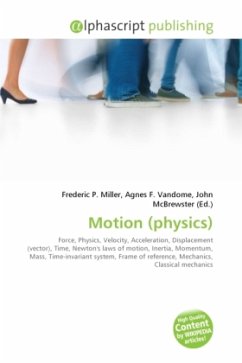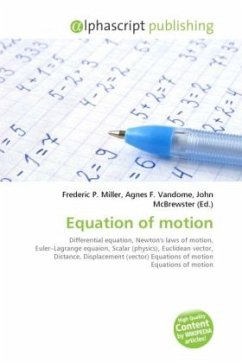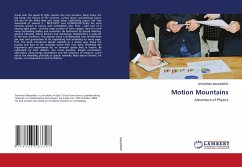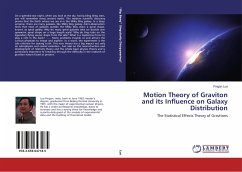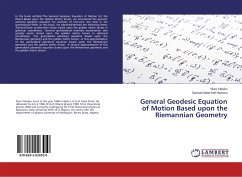In physics, motion means a change in the location of a body. Change in motion is the result of applied force. Motion is typically described in terms of velocity, acceleration, displacement, and time. An object's velocity cannot change unless it is acted upon by a force, as described by Newton's first law also known as Inertia. An object's momentum is directly related to the object's mass and velocity, and the total momentum of all objects in a closed system (one not affected by external forces) does not change with time, as described by the law of conservation of momentum. A body which does not move is said to be at rest, motionless, immobile, stationary, or to have constant (time-invariant) position. Motion is always observed and measured relative to a frame of reference. As there is no absolute reference frame, absolute motion cannot be determined; this is emphasised by the term relative motion. A body which is motionless relative to a given reference frame, moves relative to infinitely many other frames. Thus, everything in the universe is moving. More generally, the term motion signifies any spatial and/or temporal change in a physical system.
Bitte wählen Sie Ihr Anliegen aus.
Rechnungen
Retourenschein anfordern
Bestellstatus
Storno

